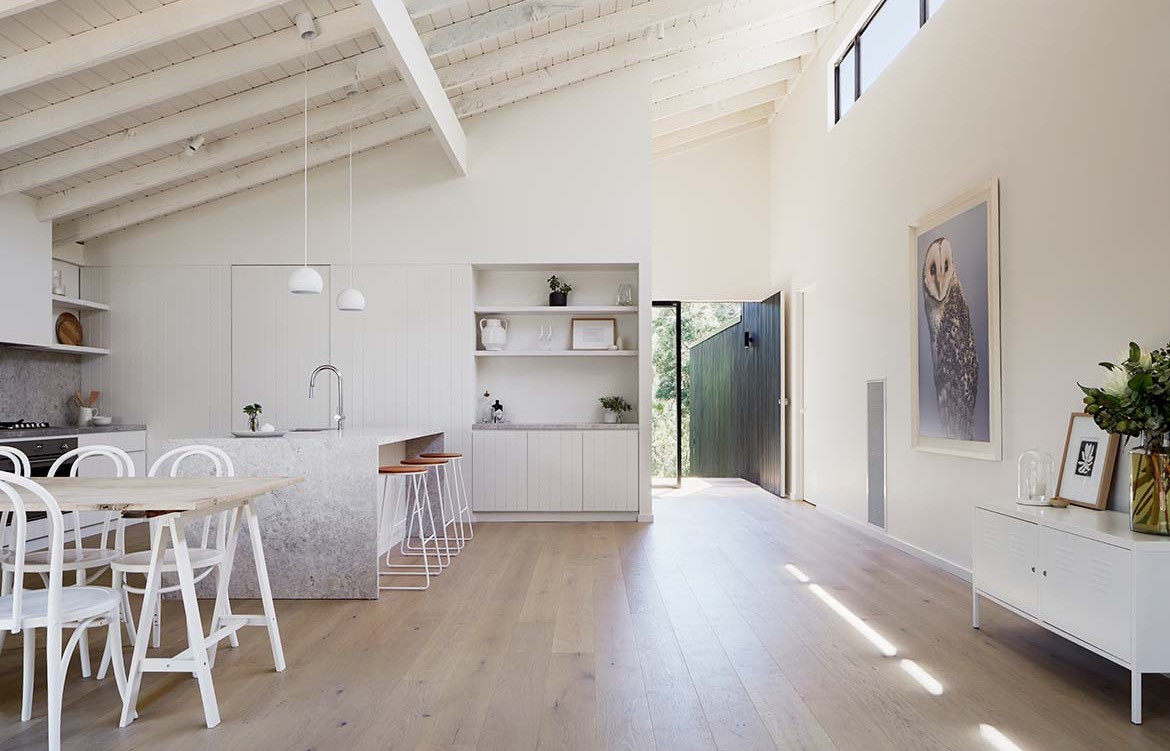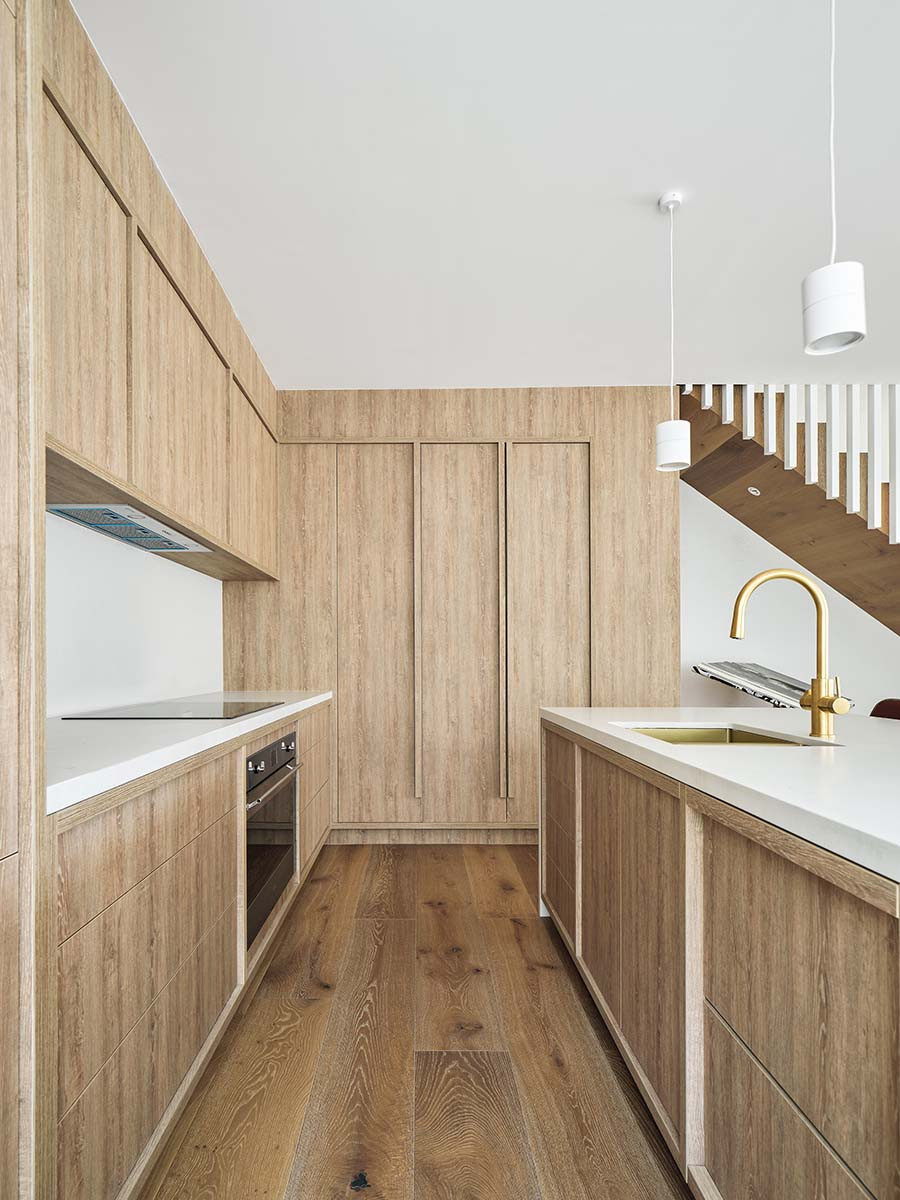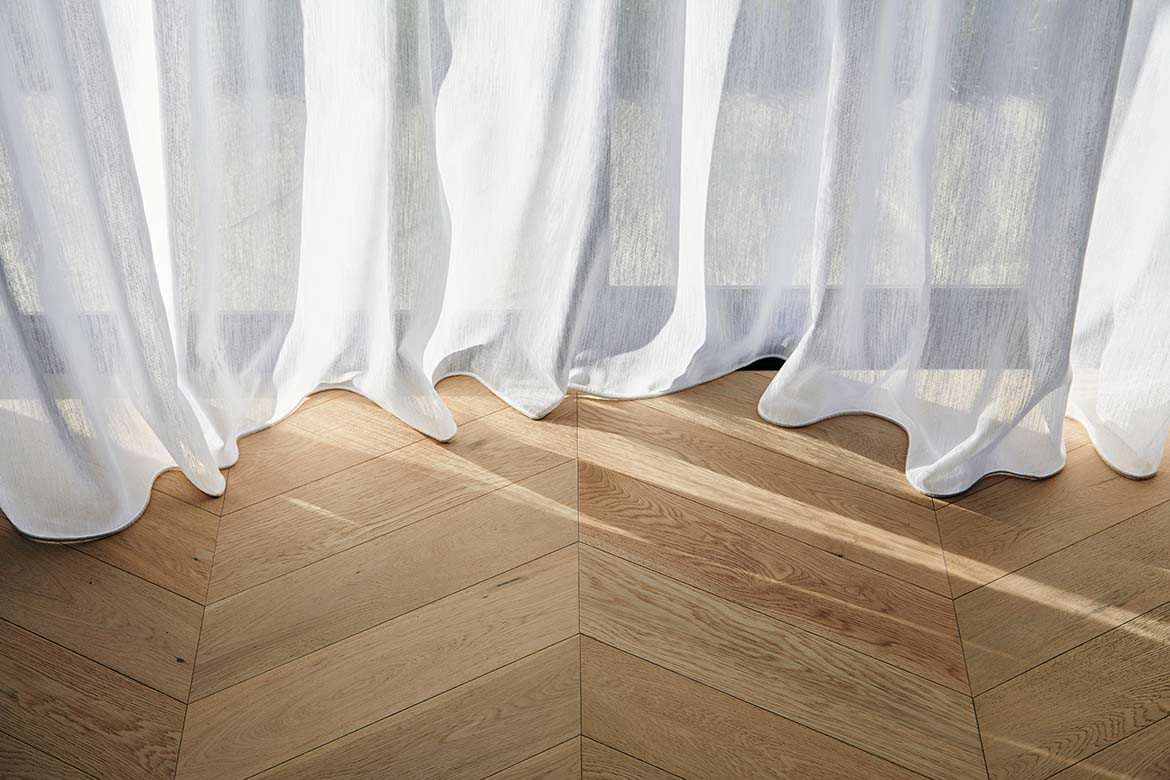Global supply chains have been under pressure throughout the pandemic, the knock-on effect being that lead times and costs have increased drastically. We discover the factors converging to create the perfect storm.

Big demand
We’ve all been spending more time at home throughout the pandemic, so it’s no surprise that this has prompted and inspired many to either renovate or start building their dream home. Australia is not the only one to respond in the same way. We’re seeing demand across the globe.
“Due for the most part to the post-pandemic surge in demand, all construction materials, not just timber, are in short supply and prices have risen substantially. With American hardwoods, specifically, a dramatic surge in US domestic demand and a shortfall in production led to a significant gap in supply, which is only just beginning to balance out now,” says Roderick Wiles, Director – Africa, Middle East, India, Oceania, American Hardwood Export Council (AHEC).
In simple economic terms, there has been a marked desire to build and renovate, which has tipped up demand and the supply has not been available. But that’s not the only reason why it’s been hard to secure timber for building.

“With American hardwoods, specifically, a dramatic surge in US domestic demand and a shortfall in production led to a significant gap in supply, which is only just beginning to balance out now.” – Roderick Wiles, Director, American Hardwood Export Council
The other side of the equation
Alongside the increase in demand is a lack of supply. But there are many reasons why supply in Australia is causing headaches.
Mark Chaz, Director of Kustom Timber shares, “We’ve felt the global timber shortage. One of the biggest contributors to the supply into Australia is the shipping and freight from overseas. We have product sitting in ports across Europe but we just can’t get it here.”
It’s a sentiment that Roderick echoes, “US hardwood lumber producers have had to work hard to obtain logs in order to fulfil orders at home, while also dealing with a highly disrupted scenario in international shipping for their export customers. Simply booking containers has become, at times, a very difficult thing to do”.
In addition to reduced shipping capability, Mark explains that many of the factories in Europe have been closed, or are still under-staffed, “it feels like the whole world is short-staffed”.
Local vs international
With imports being a culprit in terms of delays, what about local supply? For Mark, it’s a no-brainer to work with European timber, “The forestry management systems overseas are so much more advanced than in Australia. They have well-established systems and processes to handle regeneration in an effective manner”.
Plus European Oak, as well as American hardwoods, are a stable option for the Australian climate – they don’t warp, buckle and twist, making them reliable and sustainable choices.

The price is right
Of course price also comes into play. There is no denying that it is becoming more expensive to build, Mark says the material costs alone have seen a 30-40 per cent increase in the past 12 months and the price rises are causing panic buying, which in turn creates more demand and lack of supply, thus cycling through more increases in costs.
Roderick confirms costs are one of the big impacts on the building industry here. “In markets, such as Australia where there are large importer/distributors, the impact for construction projects has been more about price increases, rather than shortages in supply or delays, as these companies carry large stocks and keep them maintained all the time and, often, well in advance,” he says.
“Mark says the material costs alone have seen a 30-40 per cent increase in the past 12 months.”
Time will tell
Coming together as a perfect storm, we’re also seeing incredible delays. “What used to take eight weeks is now taking six months,” says Mark, “which is a massive jump in lead time. From our side, we hold as much stock as possible, which can help in reducing the wait on getting the product”.
Will this frenzy continue? Both Mark and Roderick believe things will start to plateau. Roderick shares: “It is expected that the situation will continue to ease well into next year, as production in the US catches up with demand and shipping slowly gets back to normal”.
Mark agrees that hopefully from 2022 onwards we will see more normality as the pandemic subsides.
–
Tune into our Habitus House of the Year episode exploring local manufacturing

